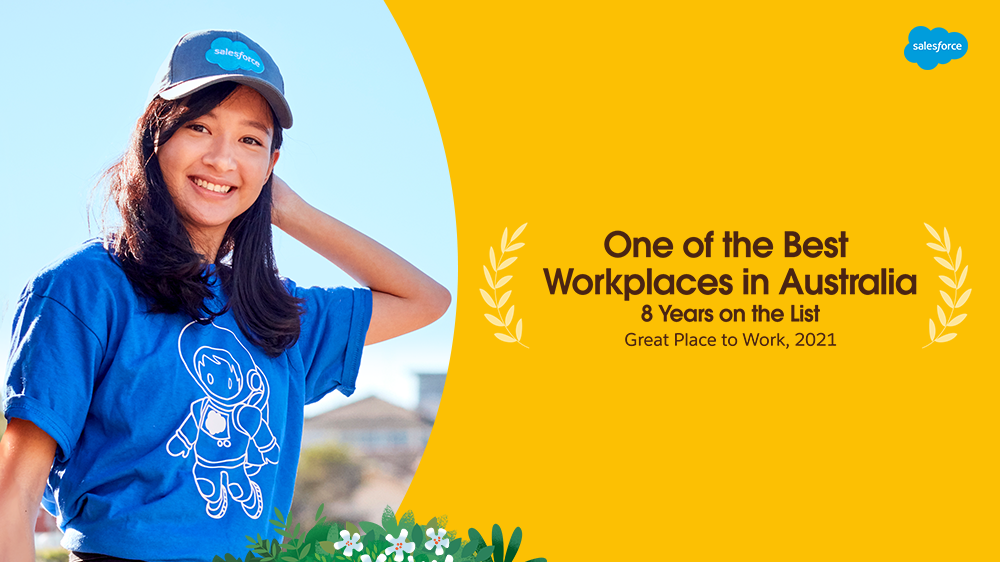
Get your FREE 30-day trial.
Start by selecting a product:
Research has showed that average revenue is 20 per cent higher in those companies that have the most engaged employees, and average productivity (revenue) per employee is 13.76 per cent higher in these organisations. Engagement is the key word. Employees who are engaged with the Corporate mission and culture is the secret sauce for organisational success.
So how do the the best employers find the best employees? Here are three key factors that help winning employers find the winning employees they seek.
1. Mission
Today's Millennial workers want more than just a salary and interesting work to do, they want a purpose. It isn't enough anymore just to go to work, earn money and get stuff done. They want to be working towards a common goal - usually with some community of environmental benefit. The companies and organisations that make it clear what they are trying to achieve beyond simple profit are the ones towards which the best talent will gravitate.
2. Values
No one likes to feel compromised at work. When you have the choice who to work for you will chose organisations that align with what you stand for as a person. Equally, companies that have examined what it is they stand for want to chose a workforce that won't undermine that statement to the community. Organisations need to clearly state what these values are, and leaders of those organisations need to live and breathe these values publicly. The more transparent employers are about what it is they hold dear, the more likely it is that the best talent will identify them as targets on their shortlist.
3. Performance
Employees want to understand how their efforts and contributions impact the companies performance. Organisations need to discuss the role and how it is aligned to the company mission. Discuss the measurement of performance and the tools in place to grow skills and promote career development to achieve success. Demonstrate how your organisation is transforming to the modern digital experience. Digital natives have very little tolerance for systems and processes that aren't easy to use. Show off your 21st century mindset.
Changing perspective to the employee; the interview is of course the moment when employee and employer can assess each other's promise. Many aspiring employees forget that the interview is also for them to vet their prospective employer. They tend to focus on answering questions as well as they can to put themselves in the best place to win the role. But the sharpest of prospective employees know that this is the opportunity to also put the interviewer under some scrutiny. Here are some of the questions interviewees should ask at the end of the interview to ensure the role is right for them:
What are the organisation's values, what do they mean in the workplace?
What are the company goals, what and how would you be contributing to them?
How does the annual performance review, personal development plan and KPI’s align?
How advanced is the orgnanisation's digital transformation?
So, it is so important for both parties to get this process right. Employers need to design an employee lifecycle that moves the new employee from interview through the onboarding process to ensure growth and career development. With an outcome of 20 per cent higher revenue and 13 per cent increase in productivity on the table, who can afford to give that away?!
If you would like to hear more from Zrinka Lovrencic, managing director of Great Place to Work Australia, on improving your employee engagement, listen to her recent webinar where she was joined by Deloitte to discuss: Transforming Today's Workplace.